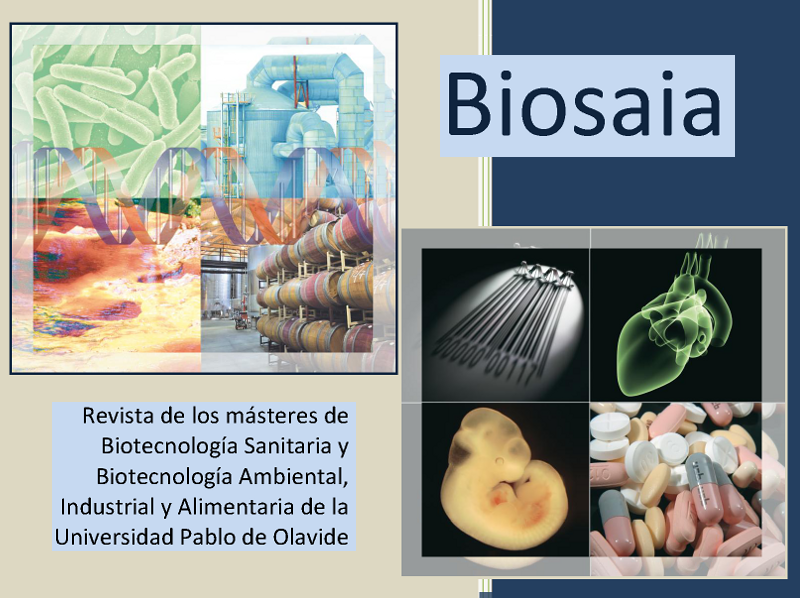Searching for gene markers related to CRISPRCas systems in Klebsiella pneumoniae
Palabras clave:
cyanobacteria; PGPR; salt stress;Resumen
Motivation: Strains from the ESKAPE bacterial group are resistant against current antibiotic compounds and discovering new
ones is too slow to catch up the evolution rate of these bacteria. So, there's a need to find new targets to develop new antibiotics
and therapies against them.
Mangas et al [1] discovered a correlation between the presence of CRISPR-Cas systems and biofilm formation genes in
Acinetobacter baumanii using large amount of assembled genomes from public databases. These latter could help in the
protection from antibiotics. In here, the goal is to find out correlations between CRISPR-Cas systems and virulence genes in
Klebsiella pneumoniae since both species belong to the ESKAPE group, have big pangenomes, a lot of plasmids and carry out
similar CRISPR-Cas systems.
Methods: A pangenome has been built from 14016 different assembled complete and draft genomes of K. pneumoniae from
the NCBI Genome database along with metadata information, finding around 80000 different genes. Then it was processed
through association rules to find GO terms and genes associated with CRISPR-Cas and virulence, and it was confirmed by
sequence similarity searches using BLASTp.
Results: Functional enrichment analysis showed that there is a strong correlation between CRISPR-Cas type IV-A3 and
tellurium resistance genes as both are held in the same plasmid. Tracking the IV-A3 helicase dinG showed it is duplicated in a
highly virulent plasmid presents in both negative CRISPR strains and some positive CRISPR strains different from IV-A3 type.
Conclusions: The CRISPR-Cas IV-A3 present in K. pneumoniae is encoding in a great plasmid that always includes an operon
of resistance to tellurium. Although this operon is also present in other virulent plasmids the presence of CRISPR-Cas could
protect it from other plasmids carrying antibiotic resistance genes.This study supports the relevance of CRISPR-Cas systems
on virulence and suggests new gene targets that will help develop new types of antibiotics and contribute to develop alternative
therapies such as phage-therapy.
Descargas
Citas
Mangas, E. L., Rubio, A., Alvarez-Marin, R., Labrador-Herrera, G., Pachon, J., Pachon-Ibanez, M. E., et al. (2019). Pangenome of Acinetobacter baumannii
uncovers two groups of genomes, one of them with genes involved in CRISPR/Cas defence systems associated with the absence of plasmids and exclusive
genes for biofilm formation. Microb. Genom. 5:e000309. doi: 10.1099/mgen.0.000309
Descargas
Publicado
Cómo citar
Número
Sección
Licencia
Derechos de autor 2022 Biosaia: Revista de los másteres de Biotecnología Sanitaria y Biotecnología Ambiental, Industrial y Alimentaria

Esta obra está bajo una licencia internacional Creative Commons Atribución-NoComercial-CompartirIgual 4.0.





